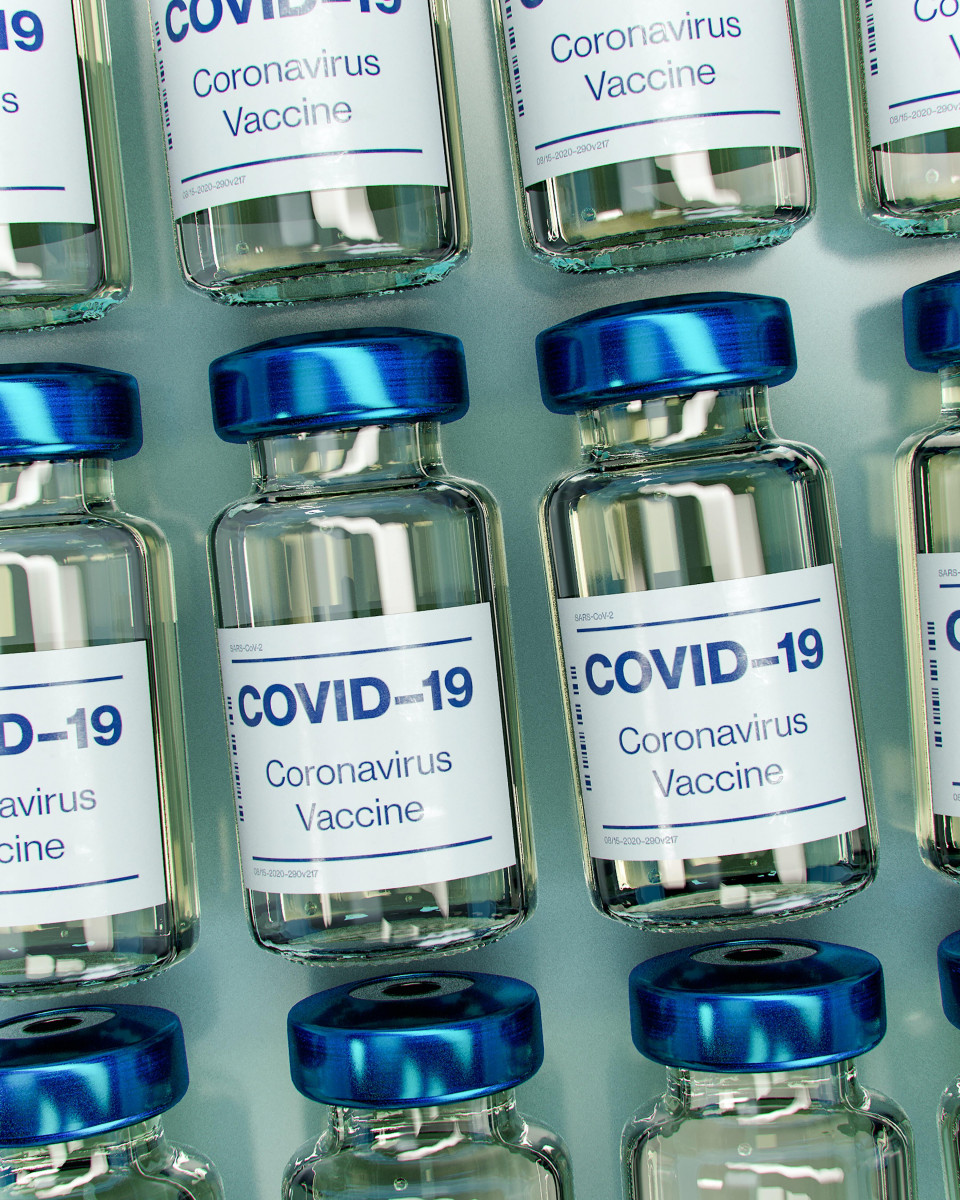MDA Wants Neuromuscular Disease Patients to Have Early Access to COVID-19 Vaccine
Written by |

The Muscular Dystrophy Association (MDA) is encouraging the U.S. Centers for Disease Control and Prevention(CDC) to recommend that people living with neuromuscular diseases (NMDs) have early access to any federally approved COVID-19 vaccine.
The MDA made its request in a letter to members of the CDC Advisory Committee on Immunization Practices (ACIP), who are helping to guide the allocation and distribution of the COVID-19 vaccine. The MDA represents more than 300,000 U.S. residents who have one of some 40 NMDs.
So far, ACIP discussions about which patient population groups should be among the first to get a vaccine have included people with high-risk medical conditions such as cancer and chronic kidney disease. But those with disorders such as amyotrophic lateral sclerosis, spinal muscular atrophy, and muscular dystrophy are not on the list of those recommended for early immunization.
Along with governmental and advisory bodies, including the National Academies of Sciences, Engineering and Medicine, the ACIP is recommending that vaccine administration be rolled out in phases. In the ACIP’s proposed structure, vaccination would occur in three phases, with populations such as healthcare workers, nursing home residents, and other members at high risk for severe COVID-19 in Phase 1A.
In subsequent phases — there may end up being several — vaccinations potentially would go to moderately at-risk individuals, teachers, all older adults, workers deemed “essential,” and others. Next in line would be children, young adults, and those in fields of “high importance,” then everyone else, the letter states.
The MDA is asking specifically that NMD patients have Phase 1B access to any vaccine — after healthcare workers and others in Phase 1 — due to the systemic impact of neuromuscular diseases on the body, which places patients at higher risk of COVID-19 complications.
“MDA strongly believes that individuals living with a neuromuscular disease should be included in Phase 1B of vaccination administration due to the complexity of the multi-system impact of NMDs that results in co-morbidities that cause a high risk for adverse COVID outcomes,” states the letter signed by Paul Melmeyer, the organization’s director of regulatory affairs. “Consequently, we request ACIP to include those with NMDs in Phase 1B of your official recommendations.”
Nations, including the U.S. pending Food and Drug Administration (FDA) approval of a COVID-19 vaccine, are preparing to unveil mass vaccination programs. Britain recently became the first Western country to authorize a vaccine for use. That country will use the one produced by Pfizer-BioNTech.
An FDA committee of independent experts reportedly will meet this month to review COVID-19 vaccination candidates and make a recommendation about whether to authorize a vaccine.
Neuromuscular diseases vary greatly in symptom severity and patient experience, but they generally involve the peripheral nervous system, resulting in progressive muscle weakness that affects skeletal muscles and muscles of internal organs. Symptoms can include cardiac, pulmonary, neurological, digestive, and sometimes immunological problems.
“Additional common symptoms in neuromuscular diseases could lead to a higher risk of negative outcomes from COVID-19,” the letter states. “For example, NMDs can weaken the pulmonary muscles diaphragm over the progression of the disease, increasing the risk of severe pulmonary infection, and making the outcome of COVID-19 particularly dangerous.”
In addition, NMD patients often are prescribed corticosteroids to ease muscle weakening. The CDC has said individuals who receive such treatments “might be at increased risk” for severe COVID-19 due to an associated weakening of the immune system, the letter states.
Also, the MDA notes, those with NMDs such as myasthenia gravis and Lambert-Eaton myasthenic syndrome require immunosuppressants that leave them more vulnerable to severe COVID-19 development. The CDC also lists neurological conditions associated with these disorders as potential risk factors.
Finally, because each neuromuscular disease is considered rare, there is scant research on the effect of the novel virus on people with NMDs. As a result, there may be additional unknown risk factors, the MDA states.






